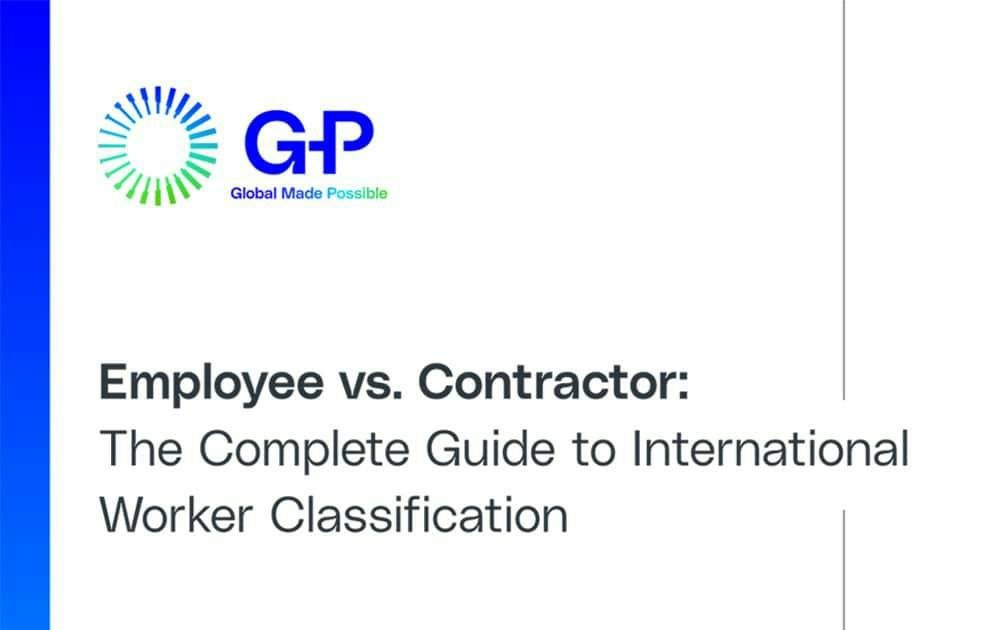The Complete Guide to International Worker Classification

The Complete Guide to International Worker Classification: Navigating Compliance and Growth
Introduction
The globalized economy means companies of all sizes engage workers internationally. Understanding how to classify these workers correctly is critical. Misclassification can bring legal woes, financial penalties, and even reputational damage. This guide explains the complexities of international worker classification to help businesses remain compliant as they expand operations.
Why Does International Worker Classification Matter?
Proper classification has wide-ranging impacts:
- Taxation: Employers typically withhold income tax, social security, and other employment taxes for full-time employees. Independent contractors manage their own tax obligations.
- Benefits: Employees often receive benefits packages including health insurance, paid leave, and retirement contributions. Independent contractors typically do not.
- Legal Protections: Laws on minimum wage, overtime, discrimination, and workplace safety often apply specifically to employees, leaving independent contractors less protected.
- Intellectual Property Rights: Work produced by employees generally belongs to the company, while independent contractors may retain ownership of their work.
Employee vs. Independent Contractor: Key Factors
While the specifics vary between countries, here are some common factors used to make this distinction:
- Control: Employees generally work under the company’s direction. They may have set hours, a designated work location, and receive detailed instructions. Independent contractors have greater control over how, when, and where they complete tasks.
- Economic Dependence: Employees rely on the company as their primary income source. Independent contractors often have a diverse client base.
- Tools and Resources: Employees typically use company-provided equipment, tools, and workspace. Independent contractors often invest in their own resources.
- Duration of Relationship: Employees have ongoing or indefinite relationships with the company. Independent contractors are usually hired for specific projects with defined end dates.
- Integration: An employee’s work is often a core part of the company’s business; an Independent contractor tends to provide distinct, specialized services.
Country-Specific Nuances
Worker classification laws are complex and vary significantly between countries. Labor codes, social security regulations, and court precedent all contribute to making this a complicated legal area. Companies need in-depth knowledge of the regulations in each country where they operate.
Challenges and Best Practices
- The “Gig Economy”: The rise of on-demand platforms blurs the line between traditional employment and independent work. Companies must pay close attention to how they structure these relationships.
- Remote Work: Classifying cross-border remote workers accurately presents challenges. Consider the worker’s location, where the work is directed, and the controlling economic factors.
- Evolving Regulations: Stay updated on regulatory changes affecting worker classification globally.
Strategies for Mitigating Risk
- Conduct Thorough Audits: Regularly review your international workforce to identify potential worker misclassifications.
- Seek Expert Advice: Partner with local legal, tax, and HR professionals in each country for expert guidance on their specific regulations.
- Use Detailed Contracts: Outline the terms of the engagement, explicitly stating the worker’s status in written contracts with both employees and independent contractors.
- Consider Alternatives: If uncertainty persists, explore options like an Employer of Record (EOR), which handles HR, payroll, and compliance for your international workers.
Conclusion
Accurately classifying international workers is a critical aspect of ethical and compliant global business operations. Companies that understand the key classification factors, respect country-specific laws, and adopt risk mitigation strategies gain a significant advantage. They can avoid costly penalties, ensure fairness, and foster sustainable international growth.
Disclaimer: This article provides general information and should not be considered legal advice. Always consult qualified professionals in the relevant jurisdictions for specific guidance on worker classification.
